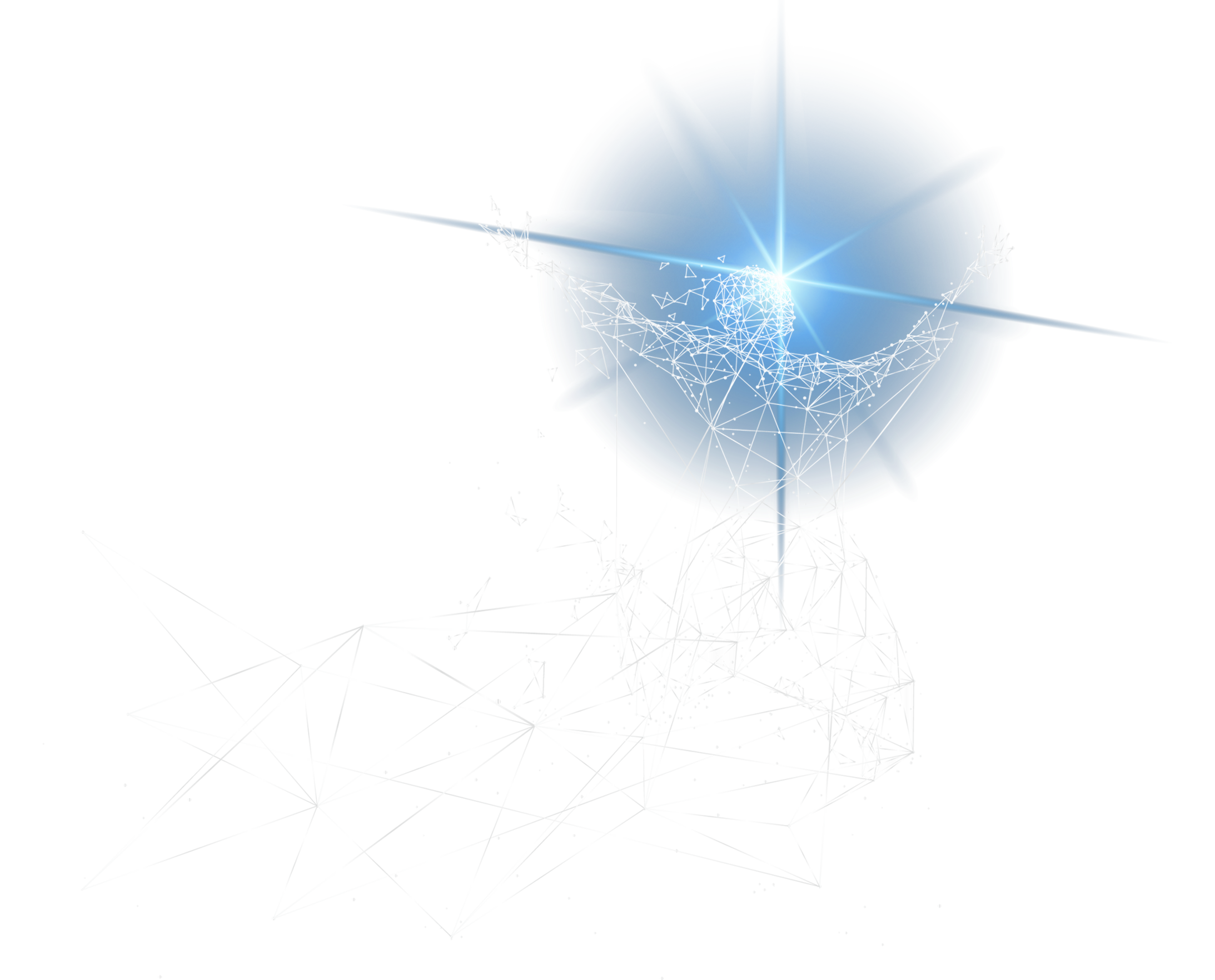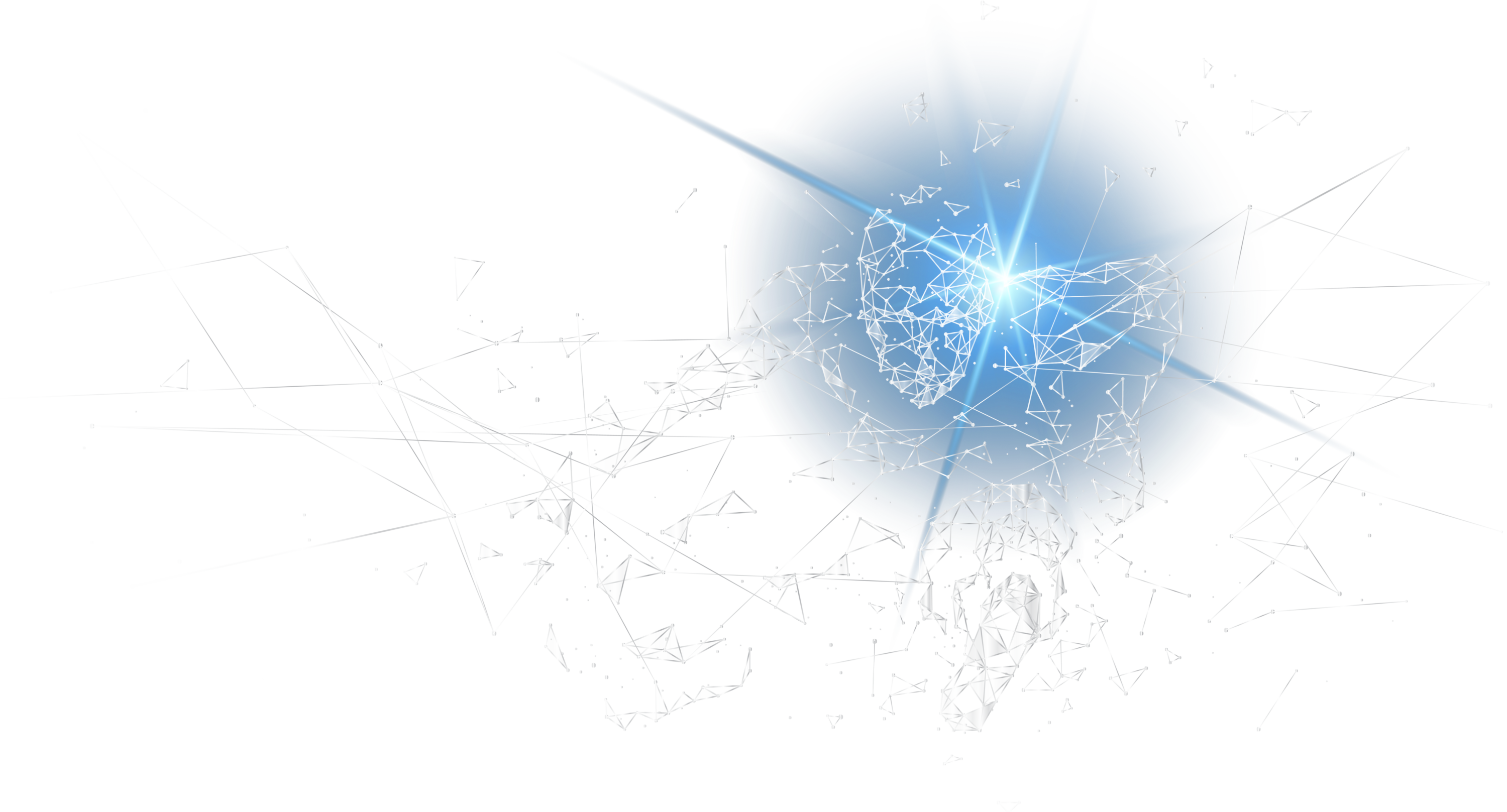Amplify
Your
Workforce

A hybrid WorkforcE
Imagine...
- Operations driven by 80-90% faster processing time.
- Accurate decisions thanks to 80-95% increases in data accuracy.
- The savings from a 20-50% reduction in compliance costs.
- Innovative growth fueled by 20-50% more timely insights.

Amplifying Business Success
The Amplification Effect
The Amplification Effect refers to the value realized as Digital Workers enter your workforce.
The effect is far-reaching. Digital Workers amplify the value of your organization with increased productivity, performance, accuracy, and technology value while accelerating innovation and employee engagement
The Amplification Effect is not linear. Rather, it accelerates over time due to the collaborative nature of an Intelligent Workforce, along with the ability to infinitely scale Digital Workers.

“The three key value propositions we see with Digital Workers are:
Scale multiplier
Giving us the ability to create greater scale with the same staff headcount through efficiency and automation.Staff assistants
Giving us the ability to direct mundane work to digital channels while more complex tasks can be addressed by staff.Research
Giving us the ability to collect and analyze vast amounts of data in a relatively short period of time and allow staff to focus on actionable insights from the data."


The Digital Worker Impact
Digital Workers in Action
Unlike chatbots and other basic automation, Digital Workers are highly intelligent, dynamically adaptive, fast to deploy, and fully transparent.
Check out this sample case study from our CEO’s soon-to-be-released book, The Digital Worker Mandate.
You’ll explore how Digital Workers change the way we work to increase revenue, decrease costs, mitigate risk, amplify in-place technology ROI, compel employee engagement, and fuel bottom line performance.
ENTERPRISE-CLASS WORKERS
Ready to Work for You
Digital workers arrive ready-to-work.
They’re configured and trained to do the jobs you want them to do, offering immediate value.
There’s no need to invest in expensive IT integration projects or more siloed technology stacks. We test and validate all digital workers for functionality, performance, and interoperability with your in-house infrastructure.
All you have to do is hire them and begin to enjoy amplified performance.

Ampliforce digital workers increase our compliance reporting accuracy, reduce time spent on reporting, and proactively alert to potential compliance violations.
